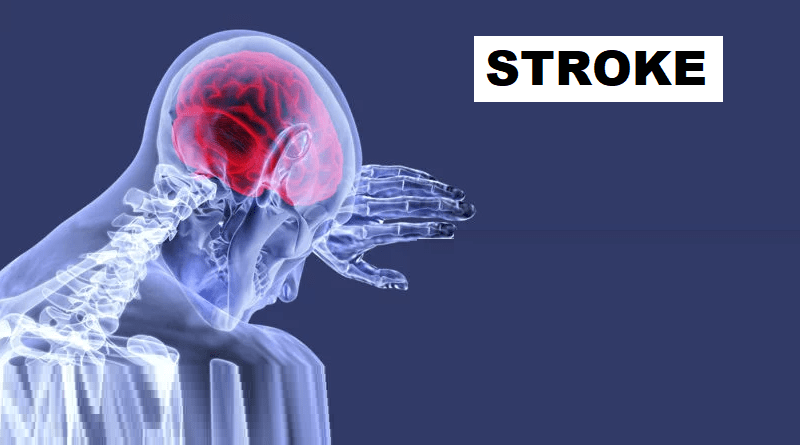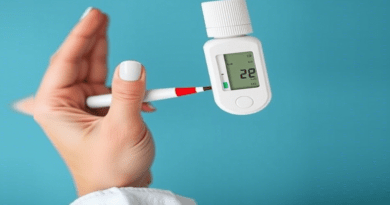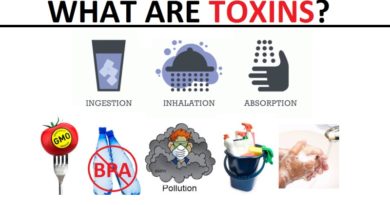Stroke: The Silent Threat to Brain Health
When it comes to matters of the heart, we often think of love and passion. However, there is another organ in our bodies that deserves equal attention: the brain. It is the command center of our bodies, responsible for our thoughts, emotions, and actions. Yet, lurking in the shadows is a silent threat known as a stroke. In this article, we will delve into the world of strokes, demystifying their nature, causes, symptoms, and prevention strategies. Join us on this journey to safeguard your brain health and empower yourself with knowledge.
What Is Stroke?
A stroke occurs when the blood supply to a part of the brain is disrupted, either by a blockage (ischemic stroke) or bleeding (hemorrhagic stroke). Without oxygen and nutrients, brain cells begin to die within minutes, leading to potential loss of function.
Causes and Risk Factors
- Hypertension: High blood pressure is the leading cause of strokes. It weakens blood vessels, increasing the risk of rupture or blockage.
- Smoking: Tobacco use damages blood vessels and promotes the formation of blood clots, elevating the risk of stroke.
- Diabetes: Individuals with diabetes have an increased likelihood of developing blood vessel damage and a higher risk of stroke.
- High Cholesterol: Elevated levels of cholesterol contribute to the formation of fatty deposits in blood vessels, potentially leading to blockages.
- Obesity and Sedentary Lifestyle: Being overweight and leading a sedentary lifestyle can increase the risk of stroke due to higher blood pressure, diabetes, and other associated health conditions.
Signs and Symptoms
Recognizing the signs of a stroke is crucial for timely medical intervention. Common warning signs include:
- Sudden numbness or weakness in the face, arm, or leg, especially on one side of the body.
- Sudden confusion, trouble speaking, or difficulty understanding others.
- Sudden severe headache with no known cause.
- Sudden trouble with vision in one or both eyes.
- Sudden dizziness, loss of balance, or coordination
Prevention Strategies
- Manage Blood Pressure:
Regularly monitor blood pressure levels and work with your healthcare provider to keep it within a healthy range. - Adopt a Healthy Lifestyle:
Quit smoking, maintain a balanced diet rich in fruits, vegetables, and whole grains, engage in regular physical activity, and limit alcohol consumption. - Control Diabetes and Cholesterol:
Follow a diabetic management plan, take medications as prescribed, and manage cholesterol levels through diet and medication if necessary. - Know Your Family History:
Understand your family’s medical history, particularly regarding stroke, as genetics can play a role. - Seek Medical Attention:
If you experience any warning signs of a stroke, call emergency services immediately. Time is critical in minimizing damage and improving outcomes.
Emergency Response
A stroke is a medical emergency that requires immediate attention. Recognizing the signs of a stroke and responding quickly can make a significant difference in minimizing brain damage and improving outcomes. Here are the key steps to follow in an emergency response for stroke:
- Recognize the Signs: Familiarize yourself with the common signs of a stroke using the acronym FAST:
- Face drooping: Ask the person to smile and check if one side of their face droops.
- Arm weakness: Ask them to raise both arms and see if one arm drifts downward.
- Speech difficulty: Ask them to repeat a simple phrase and listen for slurred or garbled speech.
- Time to call emergency services: If you observe any of these signs, it’s crucial to act quickly. Time is critical in stroke care.
- Call Emergency Services: Dial emergency services immediately, or the designated emergency number in your country (such as 911 in the United States). Inform the operator that you suspect a stroke, provide the location and any relevant information about the person’s condition.
- Stay with the Person: Remain with the person experiencing the stroke symptoms until medical help arrives. Offer reassurance and keep them calm. Make sure they are comfortable and in a safe position, lying on their side if possible.
- Do Not Offer Food or Drink: It’s important not to give the person anything to eat or drink, as they may have difficulty swallowing due to the stroke. This precaution helps prevent the risk of choking.
- Note the Time: If you can, note the time when the stroke symptoms began or when you first noticed them. This information is crucial for medical professionals and can impact treatment decisions.
- Provide Medical History: If you have access to the person’s medical history or any relevant information, such as known allergies or medications they are taking, share this with the emergency responders. It can help inform their initial assessment and treatment approach.
- Be Prepared for the Arrival of Emergency Services: Clear pathways and ensure easy access for the paramedics. Gather any relevant medical documents or medications that the person may need to bring to the hospital. Be ready to provide additional information as requested by the medical professionals.
Rehabilitation and Recovery
Recovering from a stroke is a journey that requires patience, determination, and comprehensive rehabilitation. The goal of stroke rehabilitation is to help individuals regain lost skills, relearn tasks, and adapt to any permanent changes caused by the stroke. Here is an overview of the rehabilitation process and strategies for maximizing recovery:
- Multidisciplinary Rehabilitation Team:
Stroke rehabilitation typically involves a multidisciplinary team of healthcare professionals, including physiatrists, physical therapists, occupational therapists, speech and language therapists, and rehabilitation nurses. This team collaborates to create a personalized rehabilitation plan based on the individual’s specific needs and goals. - Physical Rehabilitation:
Physical therapy focuses on improving strength, balance, mobility, and coordination. Therapists may use exercises, assistive devices, and techniques like gait training to help individuals regain their ability to walk and perform daily activities independently. - Occupational Rehabilitation:
Occupational therapy aims to enhance individuals’ ability to perform everyday tasks, such as dressing, bathing, and cooking. Therapists provide techniques, adaptive strategies, and assistive devices to maximize independence and promote functional recovery. - Speech and Language Rehabilitation:
Speech and language therapy addresses difficulties with speech, language, and swallowing that may result from a stroke. Therapists utilize exercises, techniques, and communication strategies to improve speech clarity, language comprehension, and swallowing function. - Cognitive Rehabilitation:
Cognitive impairments, such as memory loss, attention deficits, and problem-solving difficulties, can occur after a stroke. Cognitive rehabilitation involves exercises and strategies to improve cognitive skills and facilitate the individual’s ability to think, reason, and make decisions. - Emotional and Psychological Support:
Stroke recovery can be emotionally challenging. Counseling, support groups, and psychological interventions can provide emotional support and help individuals and their families cope with the psychological and emotional changes that may arise after a stroke. - Assistive Devices and Home Modifications: Incorporating assistive devices, such as wheelchairs, walkers, or adaptive utensils, can enhance independence and safety during recovery. Home modifications, such as installing grab bars or ramps, may be necessary to create a supportive environment.
- Lifestyle Modifications:
Adopting a healthy lifestyle is crucial for stroke recovery. Encourage the individual to follow a balanced diet, engage in regular physical activity (as recommended by healthcare professionals), and manage other medical conditions like high blood pressure, diabetes, or high cholesterol. - Long-Term Support and Follow-Up:
Stroke recovery is a long-term process, and ongoing support is essential. Regular follow-up appointments with the healthcare team can monitor progress, adjust rehabilitation goals, and address any emerging needs or concerns. - Support from Caregivers and Loved Ones:
The support and involvement of family members and caregivers are crucial in stroke recovery. Their understanding, patience, and encouragement can greatly enhance the individual’s motivation and overall well-being.
SUMMARY
Stroke, the silent threat to brain health, has the potential to disrupt lives and shatter dreams. However, armed with knowledge and awareness, we can take proactive steps to prevent strokes and mitigate their impact. By understanding the causes, recognizing the symptoms, and adopting a healthy lifestyle, we can safeguard our brain health. It is essential to remember that time is of the essence when a stroke occurs, and seeking immediate medical attention is crucial. Let us join hands in spreading awareness and supporting stroke survivors on their path to recovery. Together, we can create a future where strokes are no longer a menacing force, but a preventable and manageable condition.
If you suspect that you may have symptoms, Helalmedical can help, offering quick, private, and convenient testing options. You may contact us here: Facebook page.




